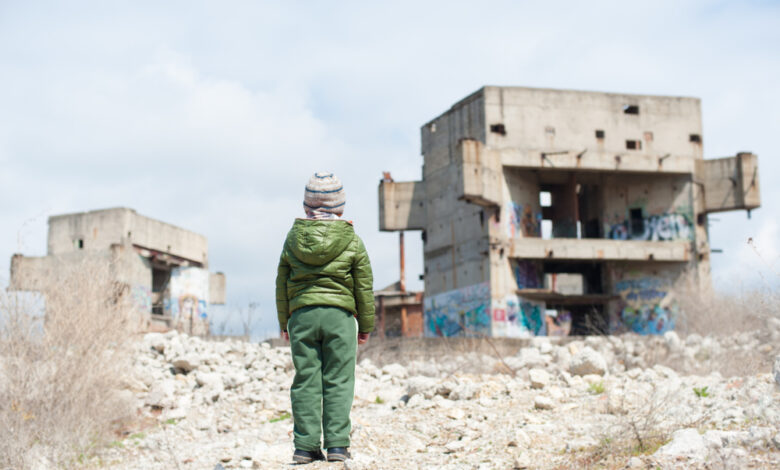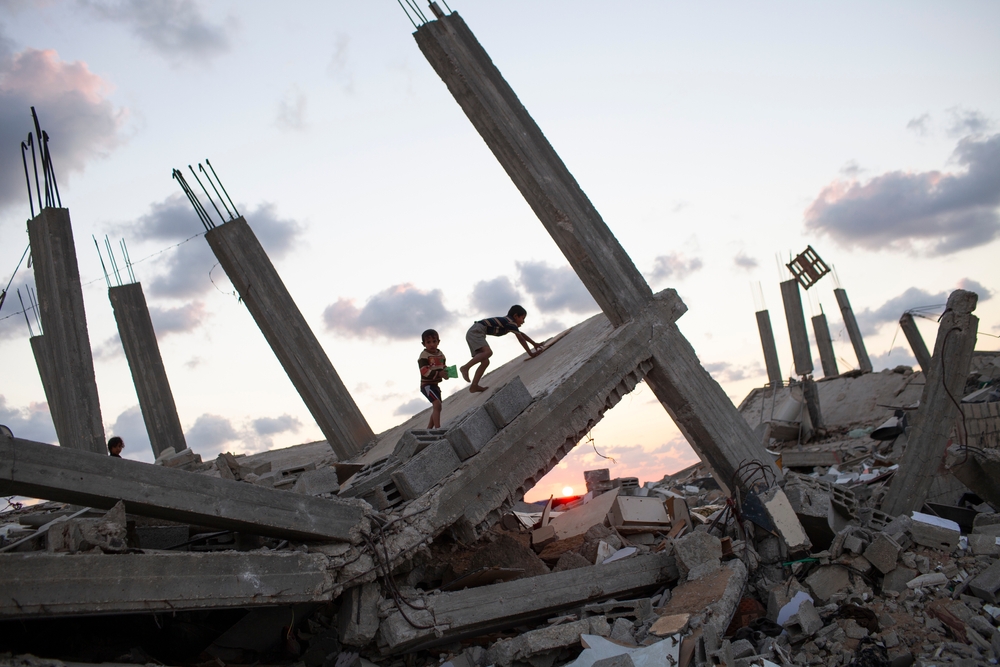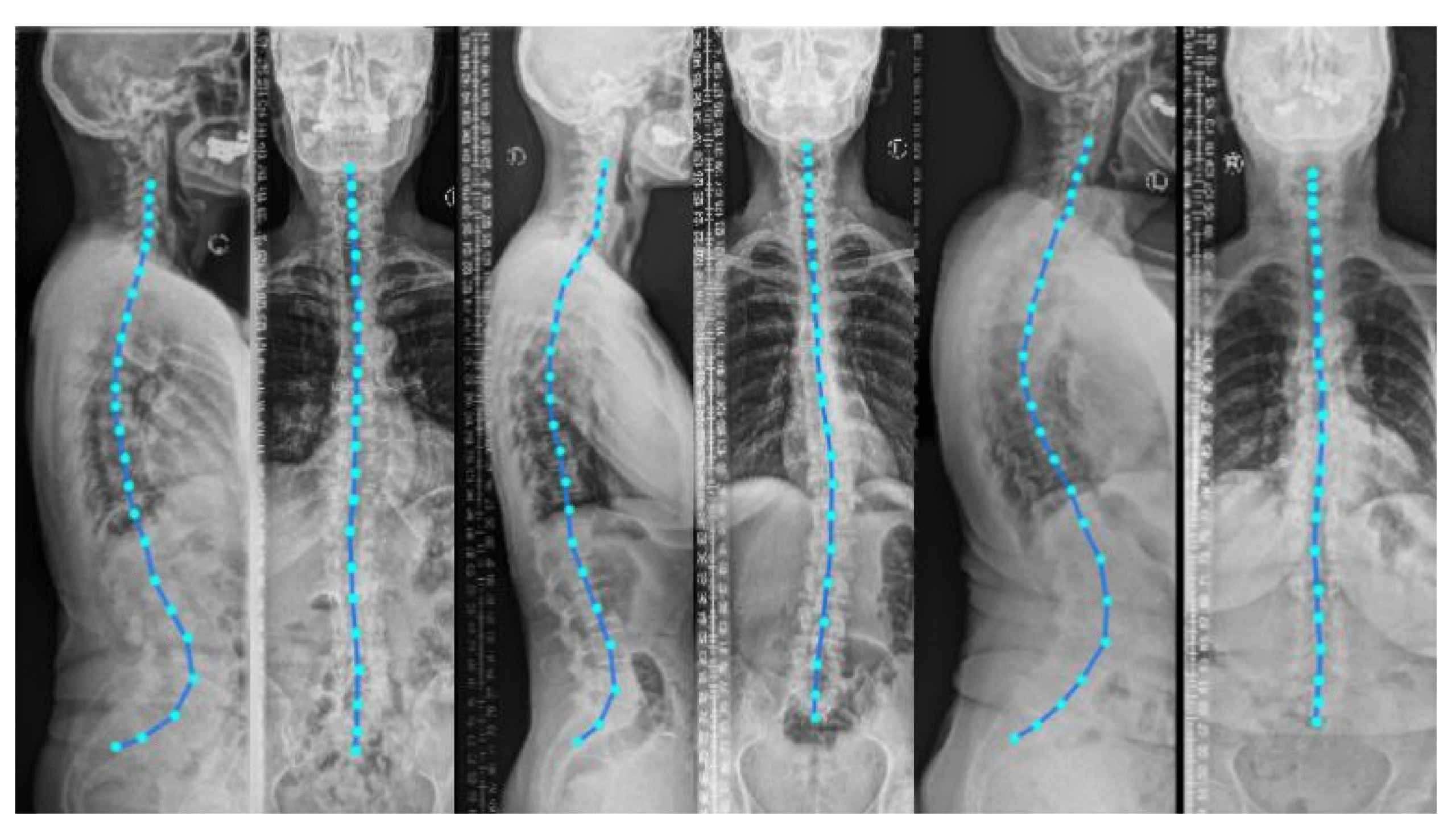Mental Health Under Siege: How People in Conflict Zones Cope and Survive

The Invisible Scars of War
In every zone of conflict, outside the ruins of structures and displacement of civilians, lies a further great form of devastation, one that is often overlooked and unequally measured. Mental health is often the silent casualty behind a war. The quiet hear of loss and uncertainty leaves deep wounds mentally, all which could last for generations.
In regions where survival is a daily battle in itself, the concept of emotional wellbeing is often felt like a luxury. However, amidst the chaos that echo’s, many people find ways to endure. They learn to rebuilt and nurture their children, clinging to smallest part of normality. The resilience of the human mind is nowhere more apparent than in the places where people carry on despite coming across the most unimaginable things.
Resilience in the Midst of Chaos
For many who live amongst a siege evolve their coping mechanisms out of necessity. Families are forced to gather to share stories of their lives before the war to reclaim the small fragments of their identity. Religion also often plays a vital role in this, providing a source of comfort and sense of purpose amongst traumas. Refugee camps are also forced to restore some sense of order through providing informal educational lessons to children whose lives have been turned upside down.
Phycologists within this environment push on maintaining routine through the simple means of preparing food, or sweeping dusts, enhancing an acts of defiance. These acts assert the belief that life can continue and that trauma does not have the final say.
Community support is also another sense of lifeline, where many survivors rely on professional therapy which is rarely available but only through collective solidarity. Neighbours depend on each other to share grief and offer kindness, providing the emotional support that people need to survive.
Children and the Cycle of Trauma
It goes without say that the most affected during a conflict is children. Their minds are vulnerable to trauma, and without any emotional support in their early years, the distress can be echoed through their lives. Anxiety and difficulty concentrating are common issues amongst children who have been living in war zones.
There are many programs run by NGOs who often use arts and storytelling to help children express their emotions without talking about it through words. Painting and drawing work as acts of healing, providing hope for a future away from violence.
Teachers also play a vital role in the lives of these children. Schools, if in a position to operate, work as a safe haven for many children who can escape the trauma outside their everyday lives, entering a space where friendships and imaginations are restored to the fractured world they live in.

The Healers on the Frontline
Professionals in mental health within conflict zones face many challenges. They work to treat patients who ae living under the same traumatic experiences. Their clinics do not acquire the exact resources they’d otherwise need, and their patience may be too afraid to speak.
Despite these challenges, mental health programs continue to grow. Counsellors within the community carry out work to help people process their grief. These therapy units are mobile, sometimes placed in temporary tents to bring phycological support to areas that are exposed to violence.
International organizations are also starting to combine mental health into emergency relief programs, acknowledging that psychological recovery is just as important as physical aid. The World Health Organization has established mental health toolkits designed for conflicted zones, helping phycologists on the ground to identify trauma and provide instant care where most needed.
Holding on to Hope
Hope remains at the heart of survival. Stories that come from war zone regions are filled with loss but also incredible courage. The teachers who continue to teach where they can, mothers who find ways to celebrate their child’s birthday amongst the rubbles, or doctors who refuse to abandon their patients, each person tolerates strength that carries the communities that face prolonged suffering.
Every gesture, small or large that come from the outside world can make every difference. This can be from supporting and contributing to humanitarian aid, to raising global awareness. Appeals like the Palestine Donation remind us that help doesn’t have to come through grand gestures, but begin with empathy and the decision to care.
The Long Road Ahead
Healing from distress within conflicted war zones is neither quick nor simple. It can take years or even decades for societies to recover from negative psychological impacts post war. Yet, every act of strength from a person who refuses to give up contributes to recovery on a whole.
Survival is more than endurance for those that live under siege, it is a statement to firm strength of the human spirit. The stories that come from these war-torn regions make us look beyond the headlines, reminding us that within the sorrow and ruin, the quiet battle within the mind for peace continues to live.




